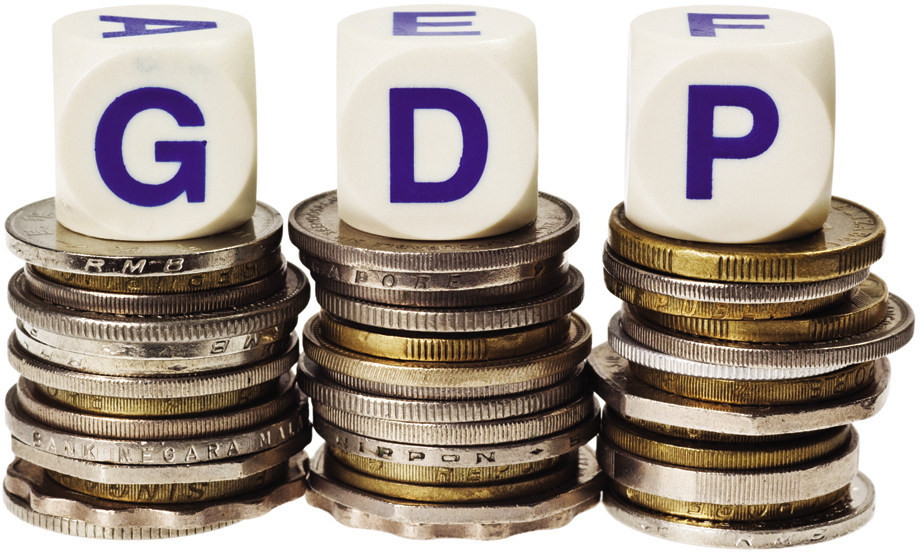What GDP Tells Us
Now we’ve seen the various ways that gross domestic product is calculated. But what does the measurement of GDP tell us?
The most important use of GDP is as a measure of the size of the economy, providing us a scale against which to compare the economic performance of other years or other countries. For example, in 2013, as we’ve seen, U.S. GDP was $16,803 billion. By comparison, Japan’s GDP was $4,902 billion, and the combined GDP of the 28 countries that make up the European Union was $17,371 billion. This comparison tells us that Japan, although it has the world’s third-

Still, one must be careful when using GDP numbers, especially when making comparisons over time. That’s because part of the increase in the value of GDP over time represents increases in the prices of goods and services rather than an increase in output. For example, U.S. GDP was $7,751 billion in 1996 and had more than doubled to $16,803 billion by 2013. But U.S. production didn’t actually double over that period. To measure actual changes in aggregate output, we need a modified version of GDP that is adjusted for price changes, known as real GDP. We’ll see how real GDP is calculated next.